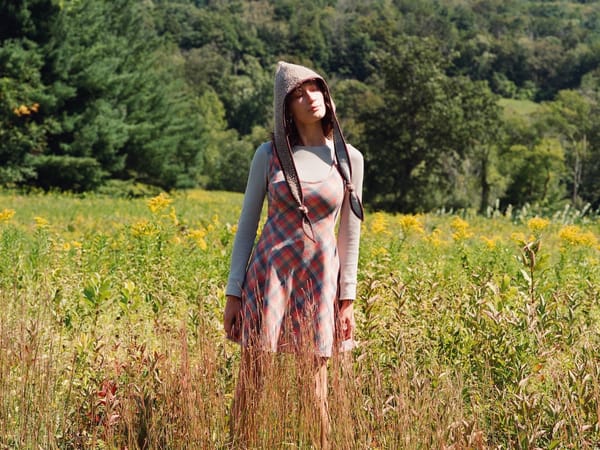Garden: Reconsidering Annuals For Late Summer Blooms
Perennial flowers have the advantage of persistence, but annuals allow you to have two or more displays each season.

Perennial flowers have the advantage of persistence, but annuals allow you to have two or more displays each season.

Sow seeds now of cool-loving annuals like snapdragon for a colorful and rewarding fall display.
Annual flowers were disdained by most expert gardeners back when I was learning the trade. There was some reason for this. The annuals available then were relatively few — petunias, marigolds, zonal geraniums, and a few others — and the colors of the blossoms tended to be glaringly bright and obvious. Gardeners who did plant annuals commonly did so in simple geometric patterns, in an echo of Victorian carpet bedding schemes. The results were naïve at best and more often just crude. I admit that I was one of the offenders.
My understanding of annuals changed drastically, though, about 25 years ago, thanks to Mike Ruggiero, who was then the senior curator at the New York Botanical Garden. Mike is one of the most expert horticulturists I have ever known. Although retired now, he still teaches at the Botanical Garden and keeps his hand in by hybridizing daylilies in his home garden. Twenty-five years ago, one of his chief responsibilities and enthusiasms were the annual displays at the Garden. These included huge borders flanking a path: 220 feet long and 10 feet deep on the sunny side, and 125 feet by 5 on the shady side.
Mike would establish a backbone for this of small trees and shrubs brought out for the warm weather from the Botanical Garden’s greenhouse collections, and amplify these with plantings of lofty, fast-growers such as 10-foot-tall, maroon-leaved castor beans (Ricinus communis) ‘Impala’. Around these uprights, Mike would weave a tapestry of thousands of other annuals ranging from the common to the rare — he had access to a huge variety, because he started all of his plants from seed instead of shopping at the local garden center. Mike followed the annual trials to keep up with all the new colors and types appearing on the market. His borders were the talk of the New York gardening world and beyond.
Mike told me that he loved annuals because they encouraged creativity. Starting a new perennial flower display requires a very substantial investment of money and time. Many perennials must be propagated by cuttings or divisions if the offspring are to grow up true to type, and so must be purchased as plants at several dollars apiece. That makes perennials much more expensive than annuals. Besides, perennials take 2 to 3 years to mature, which tends to discourage risk taking in the design. Annuals, by contrast, mature from seed in a matter of weeks, and may be had for the price of a seed packet. Try out some daring scheme in annuals, advised Mike, and you may achieve an eye-catching success. If, however, you don’t like the results, just rip out the plants and start something else.
Perennial flowers do have the advantage of persistence. If well chosen and cultivated, they should return year after year. Annuals, on the other hand, literally bloom themselves to death, completing their life cycle within a matter of weeks. This means that you can have two or more annual displays in the same spot in a single growing season. When I spoke to Mike the other day, he suggested that rather than just basking in the glories of your summer annuals, you should consider sowing seeds right now of cool-loving annuals to set out as the summer fades for a fall show. Mike particularly recommended flowering kale and cabbage for a fall display. Other annuals suited to summer planting for a fall display include snapdragons, sweet alyssum, and calendulas.
After studying annuals with Mike, I had the honor to co-author a book with him, Annuals With Style, which is still available from online booksellers. This provides the complete view of his school of annual design and cultivation. Mike’s annual extravaganzas at the New York Botanical Garden are, alas, no more, but you can study his methods if you like in his writings and photographs and create your own explorations into floral creativity.
Be-a-Better-Gardener is a community service of Berkshire Botanical Garden, located in Stockbridge, Mass. Its mission, to provide knowledge of gardening and the environment through a diverse range of classes and programs, informs and inspires thousands of students and visitors each year. Thomas Christopher is a volunteer at Berkshire Botanical Garden and is the author or co-author of more than a dozen books, including Nature into Art and The Gardens of Wave Hill (Timber Press, 2019). He is the 2021 Garden Club of America's National Medalist for Literature, a distinction reserved to recognize those who have left a profound and lasting impact on issues that are most important to the GCA. Tom’s companion broadcast to this column, Growing Greener, streams on WESUFM.org, Pacifica Radio and NPR and is available at his website.








